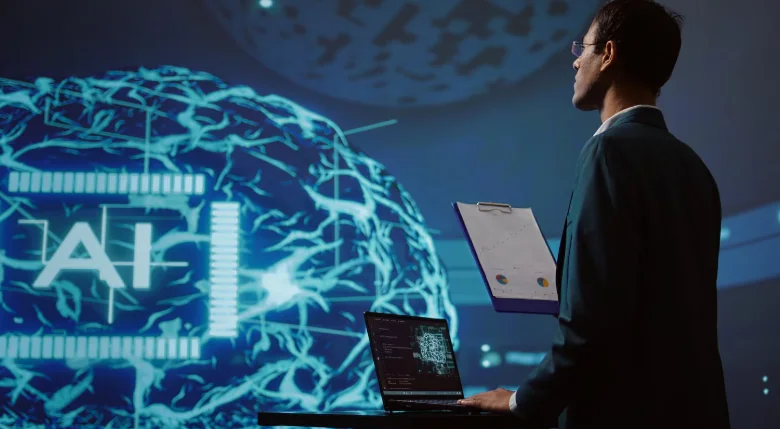2D Art: Why Human Creativity Trumps Automated Generators

AI art generators churn out thousands of images in minutes, and social media overflows with computer-made artwork that looks almost human. Game studios see these tools and think: why pay artists when AI can deliver instant results for cheap? But here’s the thing – the games players actually love still come from human artists who understand what makes visuals truly connect.
According to Newzoo’s Global Games Market Report 2023, visual quality ranks as the third most important factor influencing player purchase decisions, right after gameplay and story. This matters because there’s a big difference between images that look good and art that makes players care. AI can produce decent-looking pictures, but it misses the small details that turn good games into classics. That’s why professional 2D art services stay busy – they create visuals that grab players emotionally, not just fill empty spaces on screen.
When Algorithms Hit Creative Walls
The Pattern Recognition Trap
Automated art generators function by analyzing vast databases of existing artwork and identifying recurring patterns, styles, and compositional elements. This approach works reasonably well for creating variations on familiar themes but breaks down when projects require genuine innovation or departure from established conventions.
Game development often demands visual solutions that don’t exist in training datasets. Unique fantasy creatures, innovative user interface designs, and original mechanical concepts require creative leaps that transcend pattern recognition. Automated systems excel at recombining existing elements but struggle with true conceptual innovation.
Key limitations that constrain automated art generation:
- Style inconsistency: Difficulty maintaining a coherent visual identity across multiple assets
- Context blindness: Inability to understand narrative or gameplay implications of visual choices
- Cultural insensitivity: Potential for inappropriate combinations of cultural elements
- Technical constraints: Limited understanding of animation requirements or technical specifications
- Iterative refinement challenges: Difficulty incorporating specific feedback or making targeted adjustments
The fundamental problem lies in how these systems approach creativity. They analyze what exists rather than imagining what could exist, making them powerful tools for replication but poor substitutes for original thinking.
Missing the Emotional Connection
Games succeed when players form emotional attachments to characters, worlds, and experiences. This connection depends heavily on subtle visual cues that communicate personality, mood, and atmosphere effectively. Automated generators often produce technically proficient artwork that lacks the emotional depth necessary for meaningful player engagement.
Human artists understand how color psychology, composition principles, and cultural symbolism work together to evoke specific emotional responses. They make conscious decisions about every visual element, considering how each choice supports overall narrative goals and player experience objectives.
The Irreplaceable Human Touch in Game Worlds
Exceptional 2d art design emerges from understanding player psychology, cultural context, and emotional storytelling in ways that extend far beyond technical execution. Human artists bring life experiences, cultural awareness, and intuitive understanding of human nature that infuses artwork with authenticity and emotional resonance.
Storytelling Through Visual Language
Every successful game establishes its own visual vocabulary that communicates information, mood, and meaning to players without explicit explanation. This visual language develops through countless conscious decisions about shape, color, texture, and composition that work together to support gameplay and narrative objectives.
Consider how different art styles communicate genre expectations instantly. Players immediately understand whether they’re looking at a lighthearted puzzle game, an intense action title, or an atmospheric horror experience based purely on visual presentation. This sophisticated communication requires a deep understanding of cultural associations and player psychology that automated systems cannot replicate reliably.
Professional artists working in 2d art development services understand these nuanced relationships and make deliberate choices that support specific player experiences. They consider how visual elements will be perceived by target audiences, how they’ll function within gameplay contexts, and how they’ll contribute to overall artistic cohesion.
Cultural Sensitivity and Authenticity
Global game markets require visual content that resonates across diverse cultural backgrounds while avoiding offensive or inappropriate representations. Human artists bring cultural knowledge and sensitivity that helps navigate these complex considerations effectively.
Automated systems often produce combinations that seem visually appealing but carry unintended cultural implications or historical inaccuracies that can alienate entire player populations. Professional human artists research cultural contexts, understand symbolic meanings, and make informed decisions about visual representation.
This cultural awareness becomes particularly important for games targeting international markets where visual elements must communicate effectively across different cultural frameworks while respecting local sensitivities and preferences.
Crafting Visual Identity That Stands Apart
Building Cohesive Game Universes
Successful games create distinctive visual identities that players recognize immediately and remember long after playing. This cohesive identity emerges from deliberate artistic choices about style, color palette, character design principles, and environmental aesthetics that work together harmoniously.
Human artists excel at creating these unified visual systems because they understand how individual elements relate to larger wholes. They can maintain consistency across hundreds of assets while introducing subtle variations that prevent monotony and support narrative progression.
| Automated Generation | Human Artistic Direction |
| Inconsistent style across assets | Cohesive visual identity throughout the entire game |
| Generic fantasy/sci-fi conventions | Unique aesthetic that defines the game world |
| Random color combinations | Deliberate palette choices supporting mood and gameplay |
| Isolated asset creation | Integrated design considering all game elements |
Innovation Through Constraint
Human artists thrive when working within specific limitations and requirements that automated systems often struggle to understand or implement consistently. Game development involves numerous technical constraints related to performance, animation requirements, user interface needs, and platform specifications.
Professional artists view these constraints as creative challenges that inspire innovative solutions rather than obstacles to overcome. They understand how technical limitations can actually enhance artistic expression by forcing focused, intentional design decisions.
Precision and Polish That Elevates Excellence
The difference between amateur and professional artwork often lies in subtle details that distinguish competent execution from masterful craftsmanship. Human artists possess the skill and patience necessary to refine artwork through multiple iterations until every element serves its intended purpose perfectly.
Iterative Refinement and Feedback Integration
Game development involves extensive iteration based on playtesting feedback, technical discoveries, and evolving creative vision. Professional artists excel at incorporating specific feedback while maintaining overall artistic integrity and vision consistency.
Essential refinement capabilities that separate human artists from automated tools:
- Targeted problem-solving: Address specific issues without disrupting successful elements
- Feedback interpretation: Understand the underlying concerns behind stakeholder comments
- Technical adaptation: Modify artwork to meet changing technical requirements
- Style evolution: Develop artistic direction throughout production while maintaining coherence
- Quality control: Recognize and correct subtle issues that impact overall polish
This iterative process requires judgment, creativity, and technical skill that automated systems cannot replicate reliably. Human artists understand when to push creative boundaries and when to respect established conventions.
Technical Mastery Beyond Generation
Creating production-ready game art involves technical considerations that extend far beyond image generation. Professional artists understand file formats, optimization techniques, animation requirements, and implementation considerations that ensure artwork functions correctly within game engines.
They consider how artwork will compress, how it will look at different resolutions, how it will animate, and how it will interact with lighting systems and special effects. This technical expertise prevents costly revision cycles and ensures smooth integration with development pipelines.
Collaborative Creation That Strengthens Games
Integration with Development Teams
Professional 2d game art outsourcing services provide more than isolated artwork creation – they offer collaborative partnerships that strengthen entire development processes. Experienced artists understand game development workflows and can adapt their processes to complement programming, design, and production requirements effectively.
This collaborative approach involves regular communication with developers to ensure artwork supports gameplay mechanics, aligns with technical constraints, and evolves appropriately throughout development cycles. Such integration requires human judgment and communication skills that automated systems cannot provide.
Creative Problem-Solving in Real Time
Game development presents unique challenges that require creative solutions developed through collaboration between artists, designers, and programmers. Human artists contribute to this problem-solving process by suggesting visual approaches that enhance gameplay, resolve technical issues, or support narrative objectives.
These collaborative solutions often emerge from brainstorming sessions, iterative experimentation, and cross-disciplinary expertise sharing that produces results superior to any individual contribution. Automated systems cannot participate meaningfully in these creative collaborations.
The Future Balance Between Human and Artificial
Automated art generation keeps getting better, but it still can’t match human creativity in the areas that matter most for games. The smartest approach uses AI tools to speed up routine work while keeping human artists in control of creative decisions.
Many professional artists already use AI for quick concept sketches and reference materials, then apply their expertise to create polished final artwork. This combination works because it handles the boring stuff automatically while preserving the creative thinking that makes games memorable.
Quality 2D art services understand that great game visuals need more than technical skill – they require understanding of what makes players care about characters and worlds. These human insights transform basic game assets into experiences that stick with players long after they finish playing.
The studios creating tomorrow’s hit games will master this balance between human creativity and technological tools. Smart artists see AI as a way to spend more time on the creative challenges that only humans can solve.
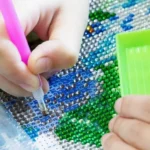
Diamond Painting Apps & Digital Tools for 2025 Artists

Pallet Wood Sourcing: Ethical and Sustainable Practices
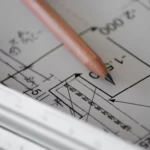
Understanding Cost-Benefit Analysis for Project Feasibility

Accelerating drug discovery through the DEL-ML-CS approach

AI in Marketing Is No Longer a Buzzword — It’s the Strategy
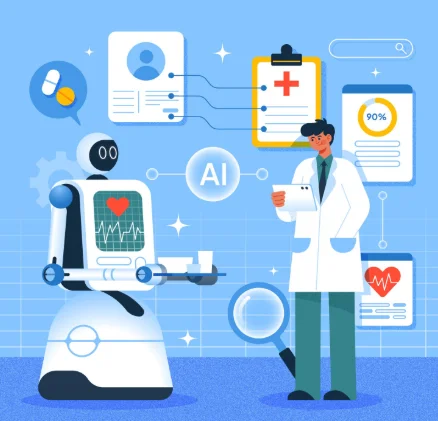
AI for Precision Prevention: The Future of Personalized Health with Joe Kiani of Masimo
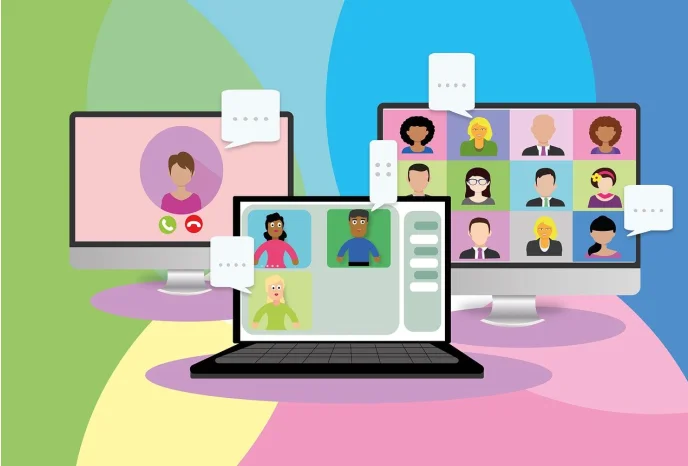
Streamlining Collaboration: How to Use AI to Generate Online Meeting Minutes Automatically
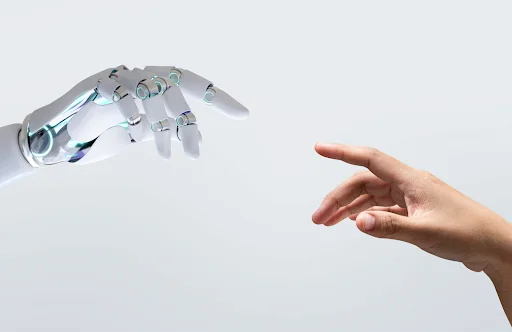
Evaluating the Efficacy of AI Solutions in Enhancing Online Safety
